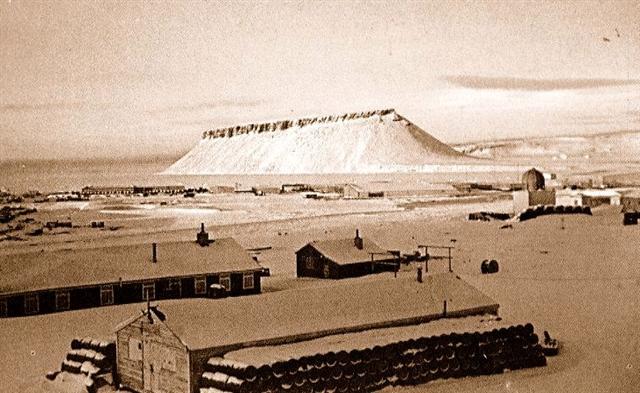- Starfish Prime caused an electromagnetic pulse (EMP), which was far larger than expected, so much larger that it drove much of the instrumentation off scale, causing great difficulty in getting accurate measurements. The Starfish Prime electromagnetic pulse also made those effects known to the public by causing electrical damage in Hawaii, about 1,445 kilometres (898 mi) away from the detonation point, knocking out about 300 streetlights, setting off numerous burglar alarms and damaging a telephone company microwave link. The EMP damage to the microwave link shut down telephone calls from Kauai to the other Hawaiian islands.
The good that came from this test was the Outer Space Treaty in 1967.
- The Outer Space Treaty represents the basic legal framework of international space law. Among its principles, it bars states party to the treaty from placing weapons of mass destruction in orbit of Earth, installing them on the Moon or any other celestial body, or otherwise stationing them in outer space. It exclusively limits the use of the Moon and other celestial bodies to peaceful purposes and expressly prohibits their use for testing weapons of any kind, conducting military maneuvers, or establishing military bases, installations, and fortifications (Art.IV). However, the Treaty does not prohibit the placement of conventional weapons in orbit. The treaty also states that the exploration of outer space shall be done to benefit all countries and shall be free for exploration and use by all the States.
My dad was tracking TRAAC and Injun for the Air Force as part of his engineering co-op. He was stationed in Honolulu. Watched the whole thing go down. Said it turned the sky the color of green jello. Over the next few days his satellites died. So the Air Force moved him to Thule, Greenland to track different satellites. He said the sun set the day the DC-3 landed and didn't come up again until it took him away. Easily 80% of my father's stories revolve around Honolulu or Thule. It's safe to say that this one event had a more profound effect on his life than any other.
They transferred him from Honolulu to Thule? What, was he sleeping with a general's daughter or something? Was he there when they lost that nuke through the ice?
This was cheaper but nearly as destructive. If they were able to launch everything they wanted, we'd probably not have a space program.A failed first attempt launched on October 21, 1961; the needles failed to disperse. The project was eventually successful with the May 9, 1963 launch, with radio transmissions carried by the man-made ring. However, the technology was ultimately shelved, partially due to the development of the modern communications satellite and partially due to protests from other scientists. The needles were placed in medium Earth orbit between 3,500 and 3,800 kilometres (2,200–2,400 mi) high at 96 and 87 degree inclinations and contributed to Earth's orbital debris. British radio astronomers, together with optical astronomers and the Royal Astronomical Society, protested this action. The Soviet newspaper Pravda also joined the protests under the headline "U.S.A. Dirties Space". The issue was raised in the United Nations where then US Ambassador to the UN Adlai Stevenson defended the project. Stevenson studied the published journal articles on Project West Ford. Using what he learned on the subject and citing the articles he had read, he successfully allayed the fears exhibited by the vast majority of UN ambassadors from other countries. He and the articles explained that sunlight pressure would cause the dipoles to only remain in orbit for a short period of approximately three years. The international protest ultimately resulted in a consultation provision included in the 1967 Outer Space Treaty. Fifty years later in 2013, some of the dipoles that did not deploy correctly still remain in clumps which make up a small amount of the orbital debris tracked by NASA’s Orbital Debris Program Office.